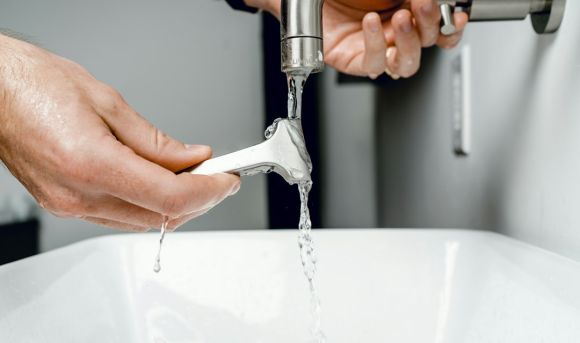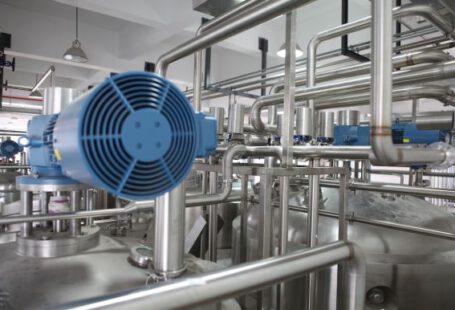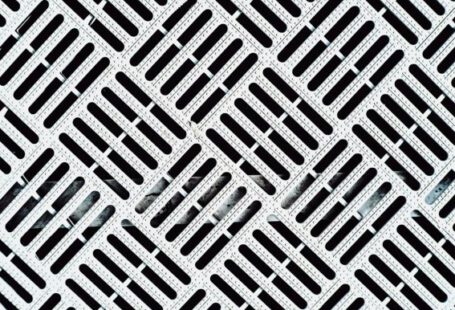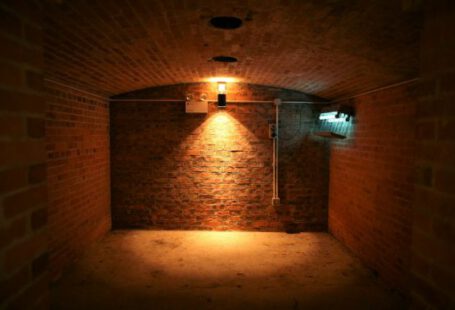Water is a precious resource that should not be taken for granted. With increasing concerns about water scarcity and the impact of climate change, it is more important than ever to find ways to save water at home. By making a few simple changes to our daily routines and habits, we can all contribute to conserving water and protecting this valuable resource for future generations. Here are some practical tips on how you can save water at home.
Check for leaks
One of the first things you should do to save water at home is to check for any leaks. Even a small drip can waste a significant amount of water over time. Check faucets, toilets, and pipes for any signs of leakage. If you discover a leak, fix it as soon as possible to prevent further water wastage.
Install water-saving fixtures
Another effective way to save water at home is by installing water-saving fixtures. Replace old faucets, showerheads, and toilets with low-flow alternatives. These fixtures are designed to reduce water usage without compromising performance. By making this simple switch, you can save gallons of water every day.
Take shorter showers
Showers can be one of the biggest water wasters in our homes. To save water, try to limit your shower time. Shortening your showers by just a few minutes can make a significant difference in your water consumption. Consider using a shower timer or playing your favorite song as a way to keep track of time and make showering more enjoyable.
Collect and reuse water
Collecting and reusing water is a great way to save water at home. Place a bucket in your shower to catch excess water while it warms up, and use this water for tasks like watering plants or cleaning. You can also collect rainwater from gutters and downspouts to water your garden or wash your car. Reusing water not only saves water but also reduces your water bill.
Only run full loads
Whether it’s your dishwasher or washing machine, make it a habit to only run full loads. Running these appliances with partial loads wastes water and energy. By waiting until you have enough dirty dishes or laundry, you can maximize the efficiency of these appliances and save water in the process.
Fix dripping faucets
A dripping faucet may seem like a minor issue, but it can waste a surprising amount of water. A faucet that drips once per second can waste up to 3,000 gallons of water per year. Repairing a dripping faucet is usually a simple task that can be done by replacing a worn-out washer or seal. By fixing dripping faucets promptly, you can save water and avoid unnecessary expenses.
Water your plants efficiently
When it comes to watering your plants, it’s important to do it efficiently. Instead of using a hose, consider using a watering can or installing a drip irrigation system. These methods ensure that water is delivered directly to the roots of the plants, reducing evaporation and water wastage. Additionally, water your plants in the early morning or late evening when temperatures are cooler to minimize evaporation.
Conclusion: Be a Water Saver
Saving water at home is something that everyone can do. By following these simple tips, you can become a water saver and contribute to the conservation of this vital resource. Remember to check for leaks, install water-saving fixtures, take shorter showers, collect and reuse water, only run full loads, fix dripping faucets, and water your plants efficiently. Together, we can make a difference and ensure a sustainable future for all.



